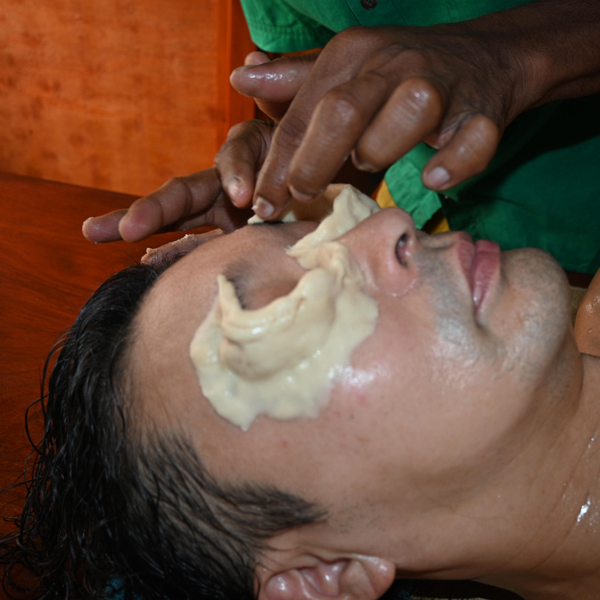Short-sightedness occurs when the eyeball is too long, causing light to focus before reaching the retina. Long-sightedness results from a shorter eyeball, making light focus behind the retina. Genetic predisposition plays a major role, while excessive screen time, prolonged near work, and lack of outdoor activities contribute to myopia. Hyperopia may be present from birth and worsen with age. Lifestyle factors, aging, and underlying health conditions can also influence these vision impairments.
|
Aspect |
Short-Sightedness (Myopia) |
Long-Sightedness (Hyperopia) |
|
Physical
Symptoms |
Blurry
distant vision, squinting, eye strain, headaches |
Blurry
near vision, eye fatigue, headaches, difficulty reading |
|
Causes |
Elongated
eyeball, excessive near work, genetic predisposition |
Shorter
eyeball, aging, reduced corneal curvature |
|
Cognitive
and Emotional Impact |
Difficulty
recognizing faces, reduced outdoor activity, frustration, anxiety |
Reading
difficulty, slower learning in children, eye strain-induced stress |
|
Long-Term
Effects |
Increased
risk of retinal detachment, glaucoma, and myopic maculopathy |
Risk
of presbyopia, difficulty in adapting to close work, eye fatigue |
In conventional medicine, myopia is primarily caused by elongation of the eyeball, leading to improper light focusing. Hyperopia results from a shorter eyeball or reduced corneal curvature. Risk factors include heredity, excessive screen exposure, and inadequate visual rest. Aging also contributes to presbyopia, a form of hyperopia due to lens stiffness.
Ayurveda views eye disorders as imbalances in the body's doshas—Pitta, Vata, and Kapha. Myopia is linked to excess Pitta, causing heat and inflammation, while hyperopia is often associated with Vata imbalance, leading to dryness and weakened ocular muscles. Poor digestion, stress, and improper diet contribute to doshic imbalances, worsening vision issues.
Acupuncture attributes vision disorders to imbalances in the liver and kidney meridians, which control eye health. Blocked energy (Qi) flow in these pathways can lead to vision deterioration. External factors like stress, poor circulation, and improper diet can exacerbate these imbalances. By stimulating specific acupoints, acupuncture helps restore the energy balance, improving visual function.

